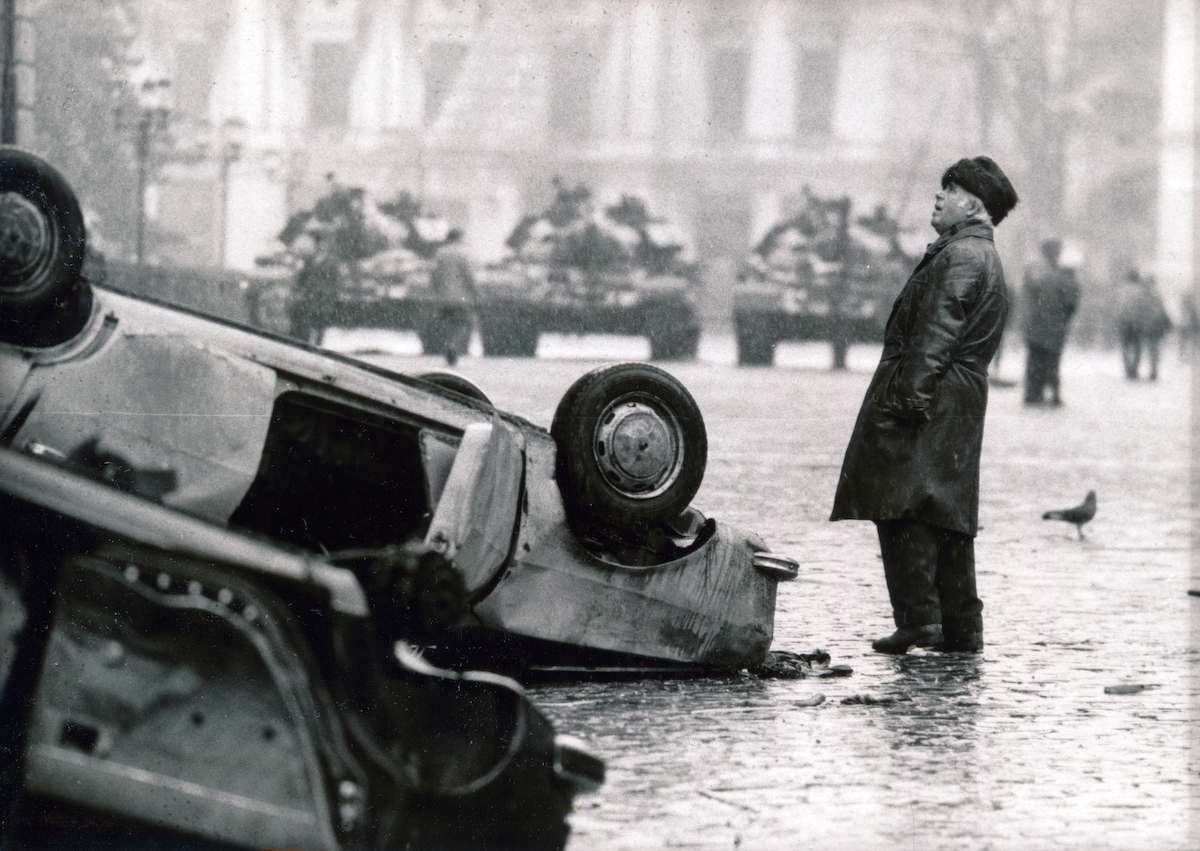How Do Europe’s Cold War Divisions Persist?
East was East and West was West – until 1989. The Wall is gone, but are its Cold War demarcations still there?

‘The mistake is to assume that problems originate with communism’
Thomas Lorman is Associate Professor in Hungarian History at UCL School of Slavonic and East European Studies
It is tempting to trace Europe’s economic and political divisions back to the Cold War. Certainly, the brutality of the communist dictatorships left a poisonous legacy. Especially in the states that have successfully rebranded themselves as ‘Central Europe’, the wounds are gradually healing. Nevertheless, Europe’s former communist countries tend to be poorer, with inferior infrastructure, declining populations and toxic political polarisation evident in even the most vibrant democracies.







